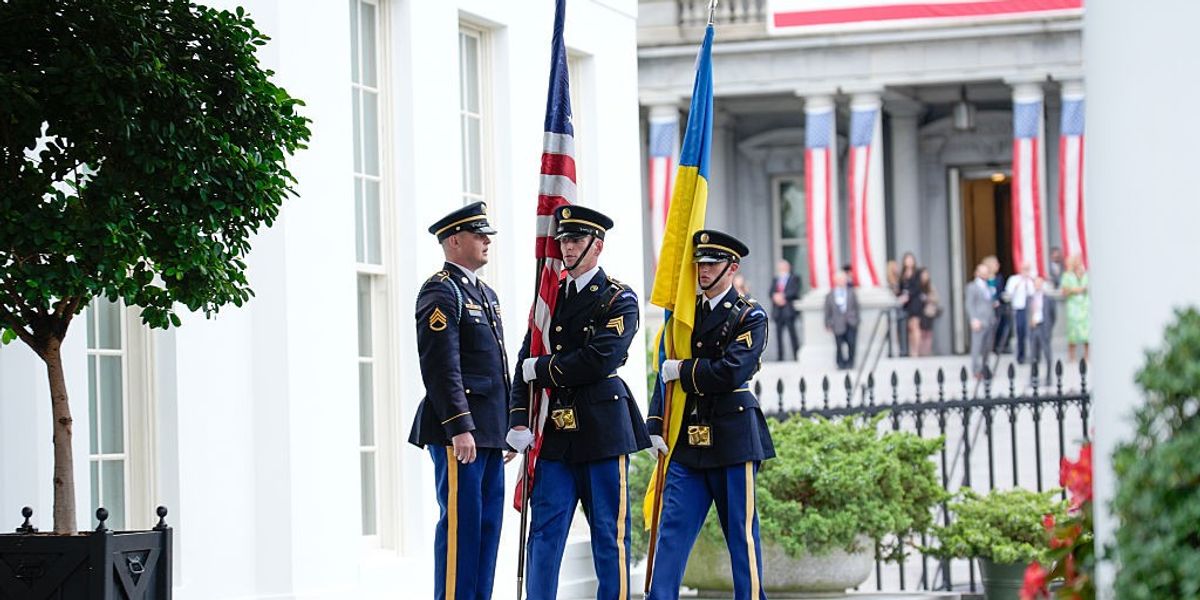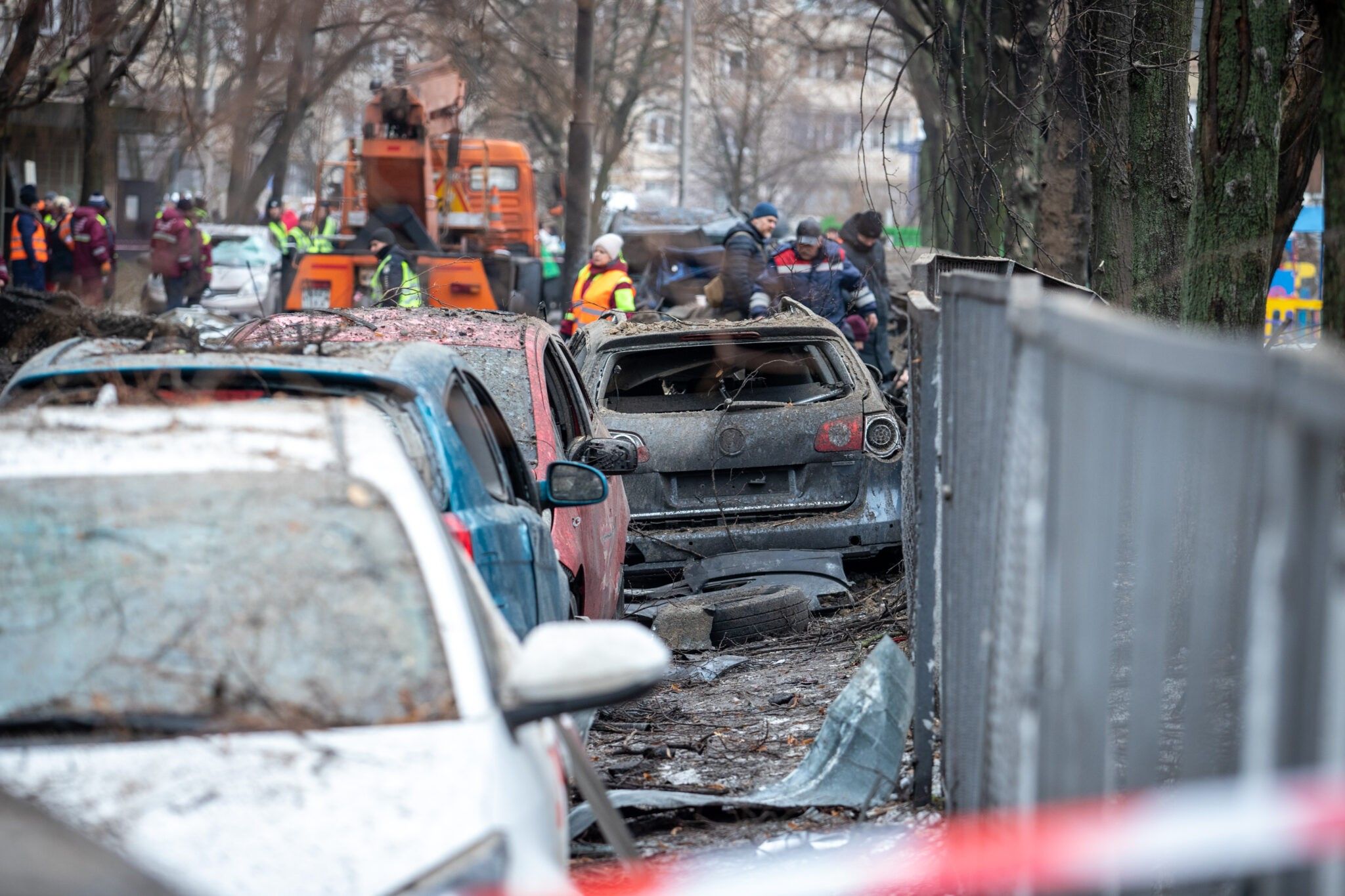Constructing the Responsibility to Protect: Contestation and Consolidation
Edited by Charles T. Hunt and Phil Orchard
Routledge, 2020
The Responsibility to Protect (R2P) is a political commitment adopted by United Nations (UN) member states in 2005 to tackle four mass atrocity crimes of genocide, war crimes, crimes against humanity, and ethnic cleansing. Despite this commitment, devastating crimes which fall under the rubric of R2P continue to rise and scourge many societies (Ferguson and Carver, 2021, p.4). Ongoing and protracted atrocities, such as those committed in Syria, Yemen, and Myanmar have together claimed hundreds of thousands of lives, while leaving millions in need of emergency humanitarian assistance.
Against this backdrop, contributions like Charles T. Hunt and Phil Orchard’s edited volume, Constructing the Responsibility to Protect: Contestation and Consolidation, are very welcome. Understanding the R2P is not just a matter of scholarly interest, but a compelling moral necessity in order to identify strengths and weaknesses of current efforts to curb mass atrocity crime. This excellent volume brings together a range of key thinkers and perspectives to illuminate R2P’s meaning and status, helping readers to understand some of the key challenges to atrocity prevention. The book will naturally be of interest to R2P analysts, but also beyond this, to international relations scholars more broadly, and to students of international politics and relevant disciplines.
The central argument of the volume is that R2P is continuously ‘contested’; it is a commitment (or multiple commitments) whose meanings and practical requirements are interpreted by different actors in different ways. Hunt and Orchard (2020, p.9-10) pose that contestation remains in: i) what responsibilities R2P creates and how these should be actioned in practice; ii) how R2P relates to, impacts, and evolves alongside other important international norms; and iii) how key international states challenge R2P’s development and implementation. By framing R2P’s contestation in this tripartite structure, Hunt and Orchard successfully tie together the varied themes of the rest of the volume into a coherent package of debates on R2P theory and practice.
Chapters 1-3 look at R2P’s theoretical status and conceptual meaning, utilising constructivist norm theory. Chapter One (Phil Orchard) presents R2P as a ‘regime’: not a single norm but a package of multiple norms and with various proscriptions and prescriptions. Orchard (2020, p.29-30) believes that treating R2P as a regime enables us to effectively disentangle R2P’s multiple elements and understand that it is mainly coercive elements of R2P’s third pillar which remain deeply contested, while much of its other elements are accepted internationally. What Orchard does in this chapter, therefore, is display how R2P’s multi-layered responsibilities prevent contestation of just one aspect becoming a fundamental challenge to the doctrine as a whole.
Norm contestation is also implicitly important in Chapter Two (Luke Glanville and Wesley W. Widmaier). Here the authors emphasise the value of ‘norm ambiguity’. Glanville and Widmaier argue that we should not be too quick to condemn the aspects of R2P which are vaguer and more ambiguous, as this has helped in promoting the initial acceptance of R2P, in addition to its adaptability over time (via contestation), and ultimately, that this has served the long-term survival of R2P as a moral aspiration.
Chapter Three (Sassan Gholiagha and Bastian Loges) provides an analytical framework of ‘storytelling’, arguing that R2P’s three most significant conceptualising documents (the 2001 ICISS report, the 2005 World Summit Outcome Document, and the 2009 report of the UN Secretary-General) contain altered understandings of what R2P means and requires of actors, enabling those actors to employ a repertoire of different, though overlapping, normative arguments about R2P. For Gholiagha and Loges, this helps us to understand R2P’s simultaneous consolidation and contestation.
These opening chapters contribute to debates on R2P’s normative status. Their combined analysis speaks to arguments offered in the literature (e.g. Welsh, 2019; Deitelhoff, 2019; and Zimmermann and Deitelhoff, 2020) that highlight how contestation does not automatically undermine the acceptance of R2P’s core protection tenets. This helps to explain why key aspects of R2P remain contentious (particularly coercive mechanisms), but that the core idea that states have a responsibility to prevent mass atrocity is rarely denied.
Chapters 4-6 look at R2P’s interaction with other important international norms. Chapter 4 (Charles T. Hunt) explores the links between R2P and UN peacekeeping missions with protection of civilian (PoC) mandates. Hunt argues that, despite some notable incongruences between R2P and PoC peacekeeping missions, convergences between the two doctrines suggests that they may have shaped each other’s development. Hunt (2020, p.105-106) tentatively claims that this may have affected the work of the UN Security Council, particularly in terms of its willingness to mandate peacekeeping operations to protect civilian populations, with specific reference to mass atrocities.
Chapter 5 (Sara E. Davies and Sarah Hewitt) argues that both R2P and the Women, Peace and Security (WPS) framework can foster normative consensus that serves the goal of protection; achievable by a focus on preventing conflict, preventing atrocities, and preventing gender discrimination. This aligns with the core message of the UN Secretary-General’s 2020 report on R2P and the role of women, with its focus on women’s protection and participation in atrocity prevention and post-conflict peacebuilding efforts.
Chapter 6 (Shannon Zimmermann) suggests that there is a logical alignment between R2P and human rights focused counter-terrorism efforts. This is not an uncontroversial claim (see the Global Responsibility to Protect April 2022 special issue edited by Zimmerman), though Zimmermann (2020, p.139-141) does highlight the complementary nature of efforts to prevent attacks on civilians which constitute acts of both terrorism and atrocity crime (e.g. where terrorist acts constitute crimes against humanity). This, however, speaks to a ‘softer’, non-contentious area of overlap (e.g. R2P action to combat non-state actors committing atrocities), which presents complicated normative issues, such as when states abuse counter-terrorism narratives to undermine their R2P (e.g. Chinese state abuses of Uyghur Muslims in Xinjiang).
Together these chapters help to illustrate the fact that R2P does not exist in a normative vacuum, but rather operates alongside other norms in ways that are sometimes complementary, and other times are not. These interactions have the potential to both strengthen and impair atrocity prevention efforts.
Chapters 7-8 examine two important states and their interactions with R2P: China and Russia. Chapter 7 (Sarah Teitt) explores China’s seemingly paradoxical relationship with R2P, explaining why China has continued to rhetorically endorse the concept, but reject more coercive aspects associated with R2P. Teitt shows that China’s position on R2P is highly nuanced, and her analysis aligns with others such as Fung (2019) and Foot (2020) who claim that while China does not outrightly reject R2P as a concept, it has sought to mould it to its own state-centric and consent-based vision. Teitt’s chapter can also be linked back to Chapter Two in this volume by Glanville and Widmaier, as Teitt’s analysis highlights that R2P’s ambiguity enables wider acceptance and adaptability. However, we should recognise that adaptability may actually be to the detriment of the norm’s original intentions if R2P is moulded into something entirely statist and consent-based that leaves unaddressed questions of what to do when state authorities are complicit in abuses and not willing to co-operate (Hehir 2018).
The final contribution to the volume, Chapter 8 (Phil Orchard and Heather Rae), concerns Russia. Orchard and Rae observe that while Russia has not flatly rejected R2P, it has both contested and at times violated the norm. They present a contradiction in Russian policy, noting that while Russia has upheld a non-interventionist stance, it has also been willing to violate this where it deems its national interest to be at stake. This, they argue, is a result of Russia’s desire to maintain great power status, while safeguarding its privileged interests in nearby regions. The effect is that Russia challenges some of the core liberal ideas embedded in R2P (non-consensual intervention to protect human rights) in favour of traditional sovereigntism and non-interference, yet is also on occasion willing to instrumentalise R2P language to further its own interests; the most recent example being its attempt to justify its February 2022 invasion of Ukraine by reference to its responsibility to halt genocide against Russian-speaking groups.
Russia and China are vitally important to R2P’s implementation, given their permanent seats and veto power on the UN Security Council. At the time of writing, Russia has just vetoed a UN Security Council draft resolution over Syria for the 17th time. China has often joined Russia in exercising its use of veto over the Syrian crisis. Yet a desire to ‘keep Russia and China on side’ should not lead R2P advocates to become Russian and Chinese apologists. Their stances on R2P – while nuanced as Teitt, and Orchard and Rae note – raise concerns about R2P’s potential obstruction, but also its dilution and instrumentalization.
Constructing the Responsibility to Protect: Contestation and Consolidation is an excellent contribution to R2P literature, and one which anyone interested in debates relevant to human protection will find useful and interesting. By elaborating on R2P’s contested nature, the book sheds light on the future normative trajectory of human protection efforts, and does so through a range of important individual contributions.
References
Deitelhoff, Nicole. “Is the R2P Failing? The Controversy about Norm Justification and Norm Application of the Responsibility to Protect.” Global Responsibility to Protect 11.2 (2019): 149-171. https://doi.org/10.1163/1875984X-01102003
Deitelhoff, Nicole, and Lisbeth Zimmermann. “Things We Lost in the Fire: How Different Types of Contestation Affect the Robustness of International Norms.” International Studies Review, vol. 22, no. 1, 31 Dec. 2018, pp. 51–76, https://doi.org/10.1093/isr/viy080.
Ferguson, Kate, and Fred Carver. “Being the Difference. A Primer for States Wishing to Prevent Atrocity Crimes in the Mid-Twenty-First Century.” Protection Approaches, Edinburgh House, Nov. 2021. https://protectionapproaches.org/being-the-difference.
Foot, Rosemary. China, the UN, and Human Protection. Oxford University Press, 28 May 2020. https://doi.org/10.1093/oso/9780198843733.001.0001
Fung, Courtney J. China and Intervention at the UN Security Council. Oxford University Press, 25 July 2019. https://doi.org/10.1093/oso/9780198842743.001.0001.
Hehir, Aidan. Hollow Norms and the Responsibility to Protect. London, Palgrave Macmillan, 2018.
Hunt, Charles T., and Phil Orchard (eds.). Constructing the Responsibility to Protect: Contestation and Consolidation. 1st ed., London, Routledge, 2020.
Welsh, Jennifer M. “Norm Robustness and the Responsibility to Protect.” Journal of Global Security Studies, vol. 4, no. 1, 1 Jan. 2019, pp. 53–72, https://doi.org/10.1093/jogss/ogy045.
















